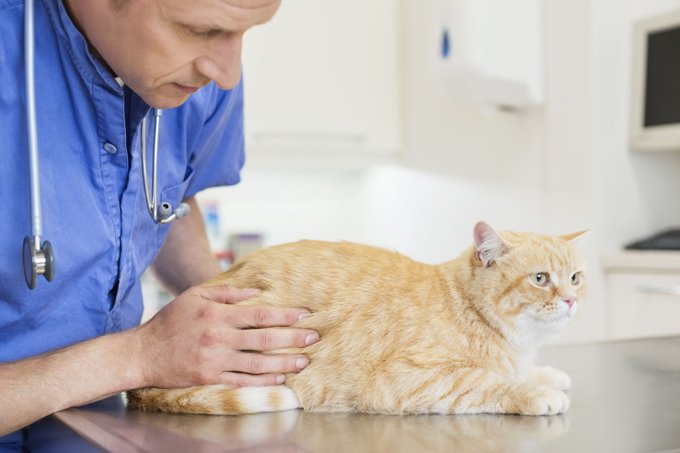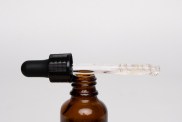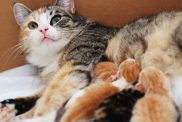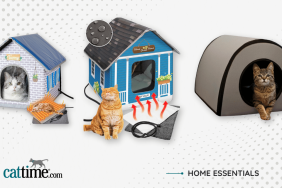This article courtesy of PetMD.com.
Feline Panleukopenia Virus in Cats
Feline Panleukopenia virus (FPV), also commonly referred to as feline distemper, is a highly contagious and life-threatening viral disease in the cat population. This virus affects the rapidly dividing blood cells in the body, primarily the cells in the intestinal tract, bone marrow, and in the…









